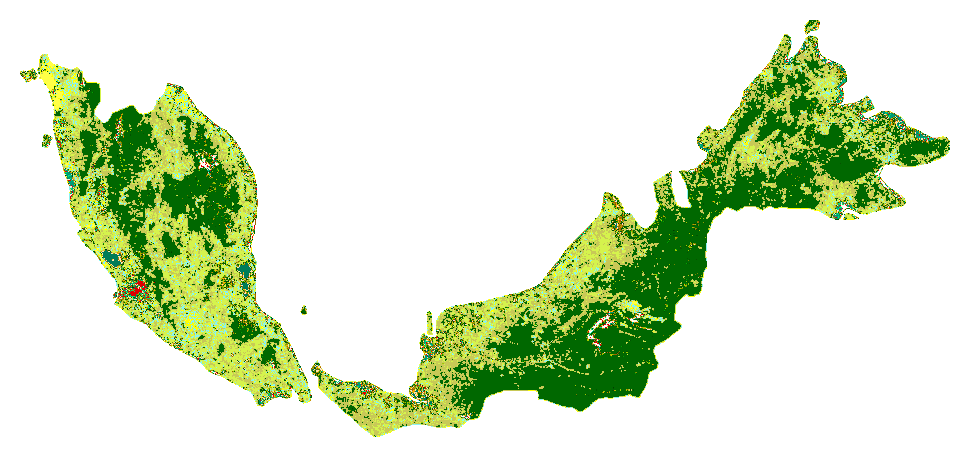Cooling Degree Days
5,056.60
2020
Coastal protection
95.14
2020
Heating Degree Days
0.00
2020
Standardised Precipitation-Evapotranspiration Index
1.25
2021
Land Surface Temperature
27.94
2021
Population density (people per sq. km of land area)
102.19
2021
Level of water stress: freshwater withdrawal as a proportion of available freshwater resources
3.44
2020
CO2 emissions (metric tons per capita)
7.38
2020
Methane emissions (metric tons of CO2 equivalent per capita)
37,175.60
2020
Nitrous oxide emissions (metric tons of CO2 equivalent per capita)
5,919.92
2020
PM2.5 air pollution, mean annual exposure (micrograms per cubic meter)
16.59
2019
GHG net emissions/removals by LUCF (Mt of CO2 equivalent)
-220.19
2000
Energy intensity level of primary energy (MJ/$2017 PPP GDP)
4.51
2020
Electricity production from coal sources (% of total)
42.28%
2015
Renewable electricity output (% of total electricity output)
9.96%
2015
Renewable energy consumption (% of total final energy consumption)
5.84%
2020
Energy imports, net (% of energy use)
-5.51%
2014
Fossil fuel energy consumption (% of total)
96.63%
2014
Energy use (kg of oil equivalent per capita)
2,930.85
2014
Agricultural land (% of land area)
26.09%
2021
Food production index (2014-2016 = 100)
99.85
2021
Agriculture, forestry, and fishing, value added (% of GDP)
8.92%
2022
Tree Cover Loss
248,089
2022
Forest area (% of land area)
58.02%
2021
Mammal species, threatened
71
2018
Annual freshwater withdrawals, total (% of internal resources)
1.16%
2020
Terrestrial and marine protected areas (% of total territorial area)
8.85%
2022
Adjusted savings: net forest depletion (% of GNI)
1.75%
2021
Adjusted savings: natural resources depletion (% of GNI)
5.98%
2021



